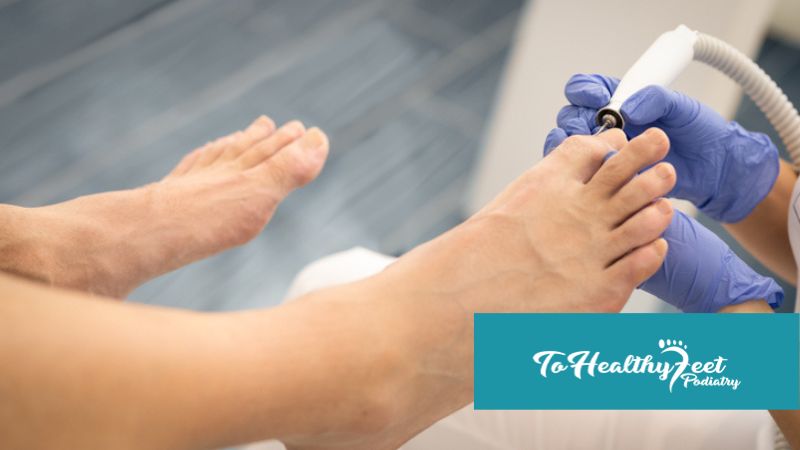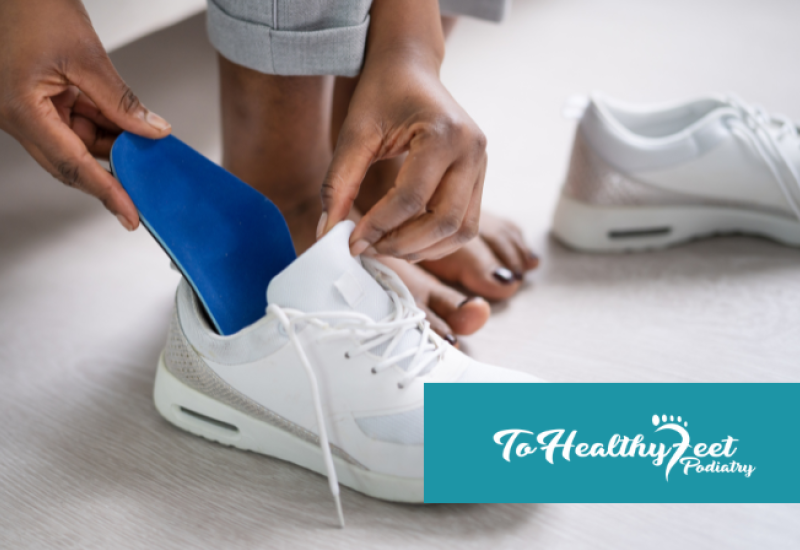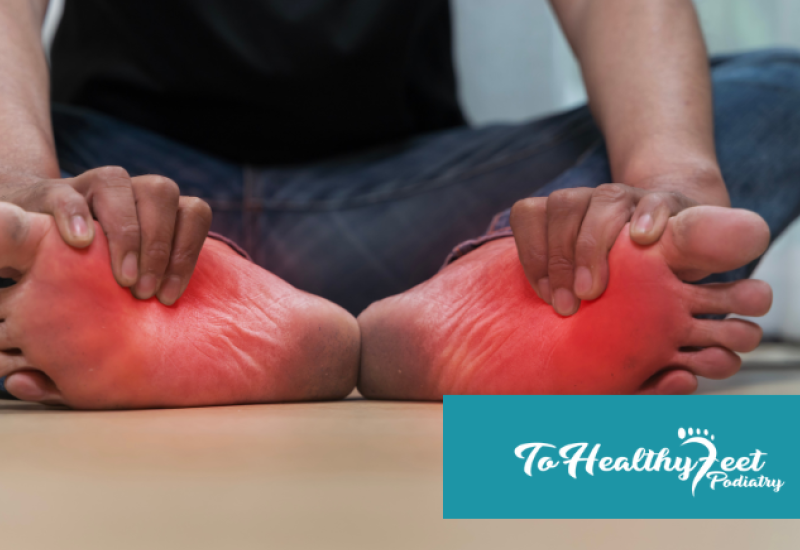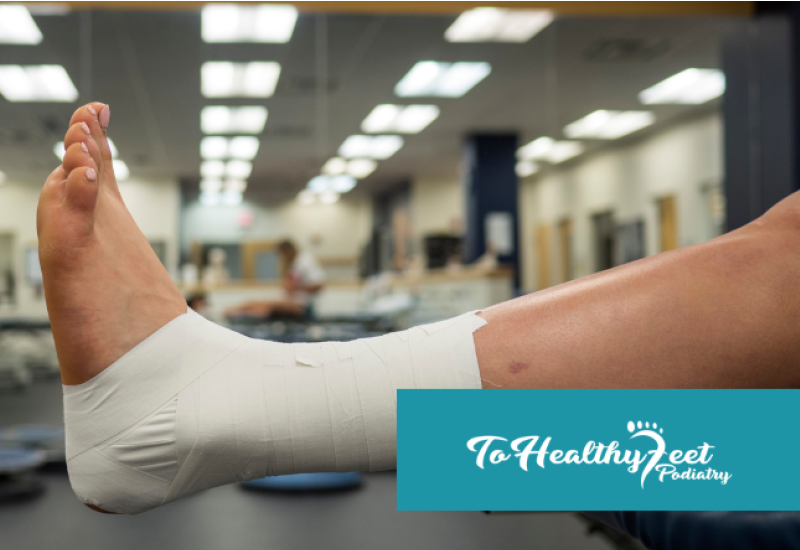What Causes Ingrown Toenails?
Improper Trimming
One of the most common causes of ingrown toenails is improper nail trimming. Cutting your toenails too short or rounding the edges of the nail can cause the nail to grow into the skin around the nail bed. To avoid this, it is important to trim your toenails straight across and leave them slightly longer than the tips of your toes. This will help prevent the nail from growing into the skin and causing an ingrown toenail.
Improper Footwear
Shoes that are too tight can put pressure on the toes, causing the nail to grow into the skin around the nail bed. It is important to wear shoes that fit properly and provide enough room for your toes to move freely. This will help prevent the development of ingrown toenails.
Injury
Ingrown toenails can be caused by injury to the toe. Stubbing your toe or dropping something on your foot can cause the nail to grow into the skin around the nail bed. To avoid this, it is important to wear protective footwear when engaging in activities that could cause injury to your toes.
Toenail Shape
In some cases, ingrown toenails can be caused by the shape of the toenail itself. If you have a curved toenail or a toenail that is naturally thick or wide, you may be more prone to developing ingrown toenails. In these cases, it may be necessary to see a podiatrist to have the toenail trimmed or removed to prevent further discomfort and pain.
Infection
Ingrown toenails can also be caused by fungal infections. Fungal infections can cause the nail to become thick, brittle, and discolored, making it more likely to grow into the skin around the nail bed. To avoid fungal infections, it is important to keep your feet clean and dry and to avoid walking barefoot in public places like locker rooms and swimming pools.
When to See Your Podiatrist
If you are experiencing pain, swelling, redness, or infection around your toenail, it is important to see your podiatrist as soon as possible. They can examine your toenail and determine the underlying cause of your symptoms. Depending on the severity of your ingrown toenail, your podiatrist may recommend one or more of the following treatments:
- Soaking your foot in warm water to reduce swelling and infection
- Applying an antibiotic ointment to the affected area
- Trimming the toenail to remove the ingrown portion
- Oral antibiotics to treat an infection
- Surgery to remove a portion of the toenail
In severe cases, ingrown toenails can cause chronic pain, infection, and even gangrene. If you are experiencing severe pain, fever, or signs of infection, it is important to seek medical attention right away.
Ingrown Toenail Treatment In NYC
Prevent ingrown toenails with proper foot care and comfortable, supportive and well-fitted shoes. If you do suspect an ingrown toenail, especially if your ingrown toenail is causing pain, impairing your mobility, is swollen or leaking pus or blood, or is hot to the touch, see your podiatrist as soon as possible. Your foot doctor can assess your ingrown toenail for signs of infection and make treatment recommendations to get you back on your feet quickly. Explore your options for ingrown toenail pain relief at To Healthy Feet today.
The team of foot doctors at To Healthy Feet in Manhattan can expertly assess all types of foot pain and discomfort and develop a personalized treatment strategy based on the severity of your symptoms, your lifestyle, and your goals for treatment. We provide accurate diagnosis and comprehensive foot and ankle care and have the tools and technologies necessary to provide a variety of tailored treatment approaches including regenerative medicine, conservative interventions, and even minimally invasive surgery (when needed) at each of our Manhattan Podiatry Clinics. If you are experiencing pain due to an ingrown toenail or any other foot or ankle condition pain, call To Healthy Feet Podiatry at 1-917-398-3668 or fill out the contact form to book your appointment at our Upper East Side, Times Square, Midtown Grand Central, or Downtown Manhattan locations today.
FAQ
Q: What types of shoes can cause an ingrown toenail?
A: Shoes that are pointy and narrow in the toe region, high heels, and shoes that are too tight can all lead to increased pressure on your toes. This can increase your risk of developing an ingrown toenail. A good rule of thumb is to wear shoes that you can wiggle your toes in.
Q: How should I clip my toenails to prevent an ingrown toenail?
A: They should be cut straight across. Cutting them too short and curving the edges can cause the nail to pierce the surrounding skin and become ingrown.
Q: Are there any home remedies I can try to help with my painful ingrown toenail?
A: Yes! If possible, try wearing an open-toed shoe to take pressure off of the painful toenail. Soak the toe in warm water with a teaspoon of Epsom salt for pain relief. If you notice any signs of infection, such as warmth, redness, swelling, or pus oozing from the affected area, you should seek medical treatment right away.




